Mechanical Transmission Of Disease
Mechanical transmission of disease. However it is not known whether the trypanosome was originally a fly parasite that spread to. Aedes aegypti female mosquitoes are capable of the mechanical transmission of lumpy skin disease virus LSDV from infected to susceptible cattle. Mechanical transmission means the transfer of pathogens from an infected host or a contaminated substrate to a susceptible host where a biological association between the pathogen and the vector is.
There is no multiplication or development of the pathogen within the vectors body. This is an example of cyclic disease transmission. To do this they must leave the body of the host find their way to a new susceptible person or animal and enter the body of that person or animal.
Mechanical transmission synonyms Mechanical transmission pronunciation Mechanical transmission translation English dictionary definition of Mechanical transmission. House flies are known to transmit bacterial parasitic and viral diseases to humans and animals as mechanical vectors. The passive transfer of causative agents of disease esp.
Aedes aegypti female mosquitoes are capable of the mechanical transmission of lumpy skin disease virus LSDV from infected to susceptible cattle. As the exit transmission and entry of the pathogens are closely associated we will cover them together. Virus was isolated from the recipient.
Transmission of infectious diseases may also involve a vector. The act or process of transmitting. Myiasis is the invasion of tissues or organs of living humans or animals by fly larvae that may feed on the hosts living or dead tissue or on food ingested by the host.
It is suspected to be transmitted mechanically by biting flies. This hypothesis is supported by the observation that LSD outbreaks are correlated with warm and wet seasons 5. Mosquitoes that had fed upon lesions of LSDV-infected cattle were able to transmit virus to susceptible cattle over a period of 2-6 days post-infective feeding.
Previous studies have shown that house flies can mechanically transmit coronaviruses such as turkey coronavirus. An assembly as in a.
This is an example of cyclic disease transmission.
The relationship between the parasitic disease organism and its two hosts vertebrate and insect is a result of evolutionary adaptation. Filth flies are potential mechanical vectors of disease- causing organisms because pathogens can be transferred from their contaminated bodies to our food eyes noses mouths and open wounds. An assembly as in a. The fact of being transmitted. 24 Transmission of disease To survive as a species pathogens must infect new people or animals. Mechanical transmission The passive transfer of causative agents of disease esp. Mechanical transmission of disease pathogens occurs when a vector transports organisms such as bacteria that cause dysentery on its feet body hairs and other body surfaces to the host. Mechanical Transmission Occurs when plant come in contact with other plant and leaves rub together By the action of humans Mechanical transmission involves the introduction of infective virus or biologically active virus into a suitable site in the living cells through wounds or abrasions in the plant surface. A mechanical vector picks up an infectious agent on the outside of its body and transmits it in a passive manner.
The relationship between the parasitic disease organism and its two hosts vertebrate and insect is a result of evolutionary adaptation. A mechanical vector picks up an infectious agent on the outside of its body and transmits it in a passive manner. Lumpy skin disease LSD is an economically important disease caused by LSD virus LSDV a Capripoxvirus characterized by fever and circumscribed skin lesions. Virus was isolated from the recipient. Mechanical transmission is facilitated by a mechanical vector an animal that carries a pathogen from. It is widely agreed that the most important mode of transmission of LSDV is likely to be through mechanical transmission of the virus by a variety of blood-feeding vectors. The aim of this study was to investigate if lumpy skin disease virus LSDV can be transmitted mechanically by African brown ear ticks Rhipicephalus appendiculatus Neum.


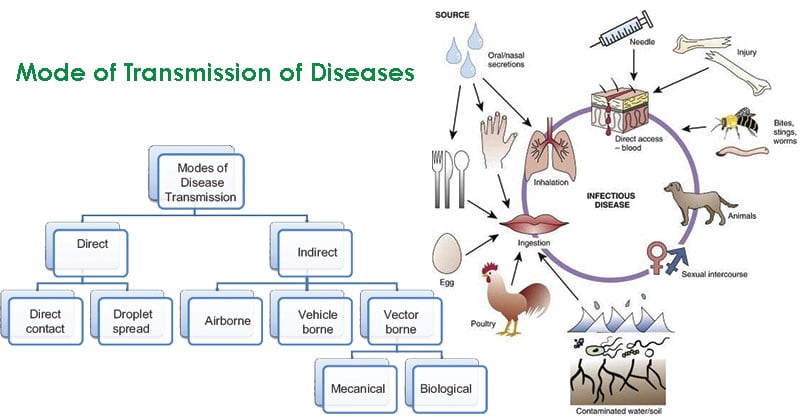

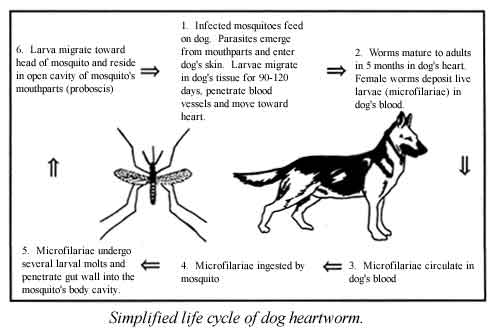

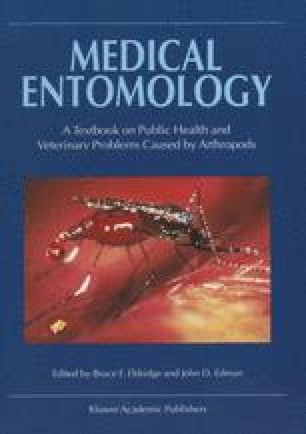




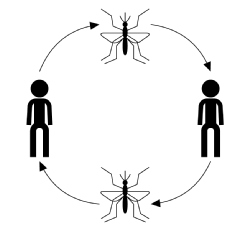




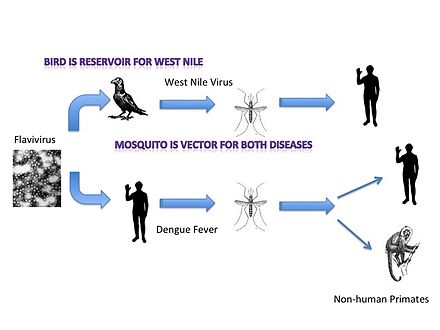
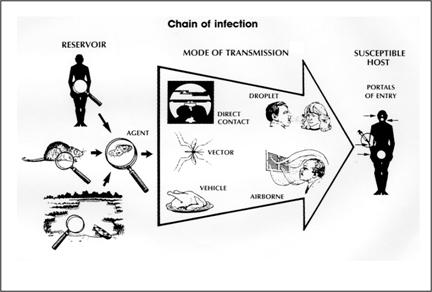


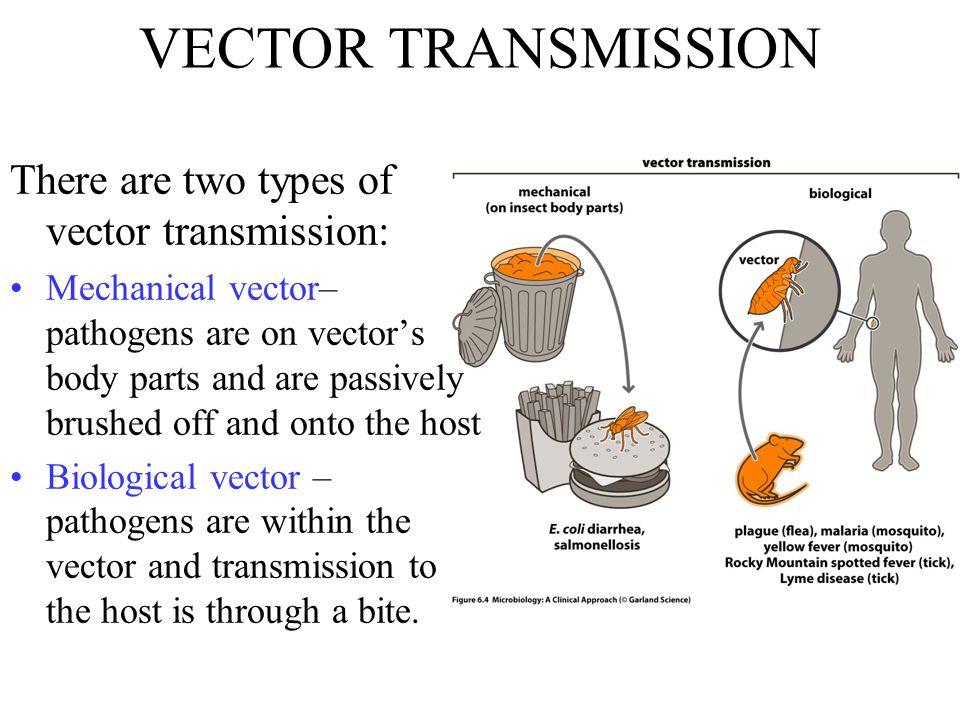


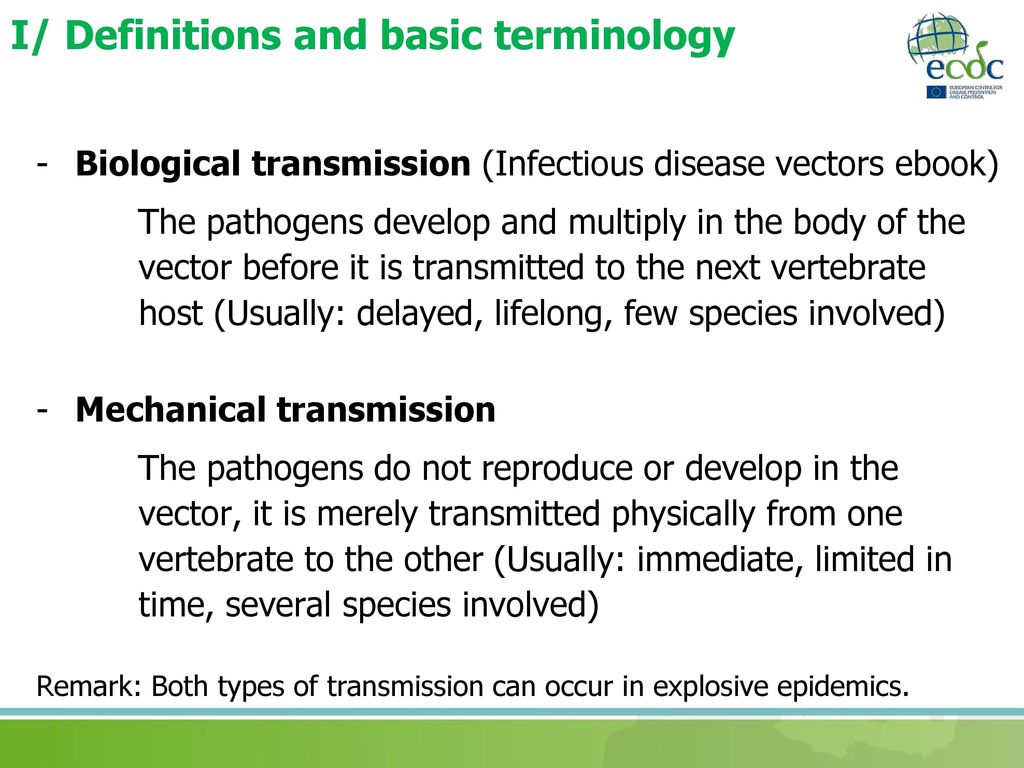

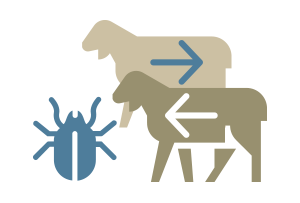
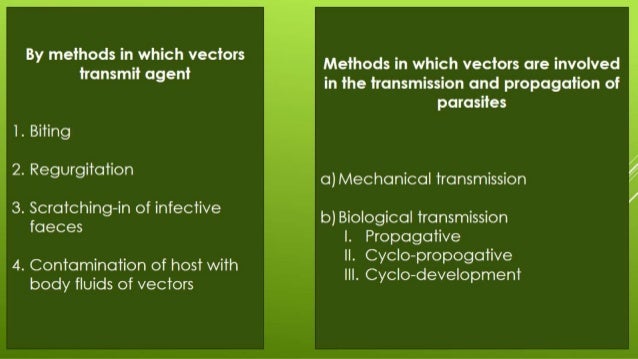
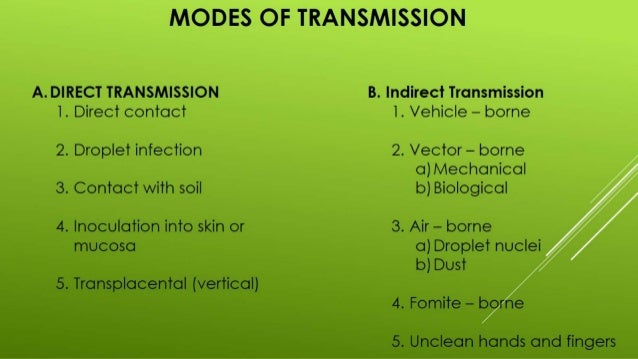
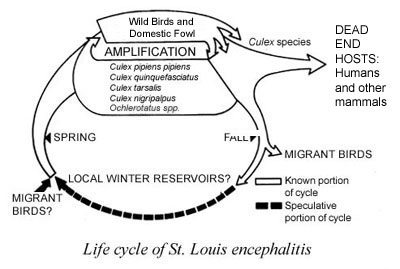









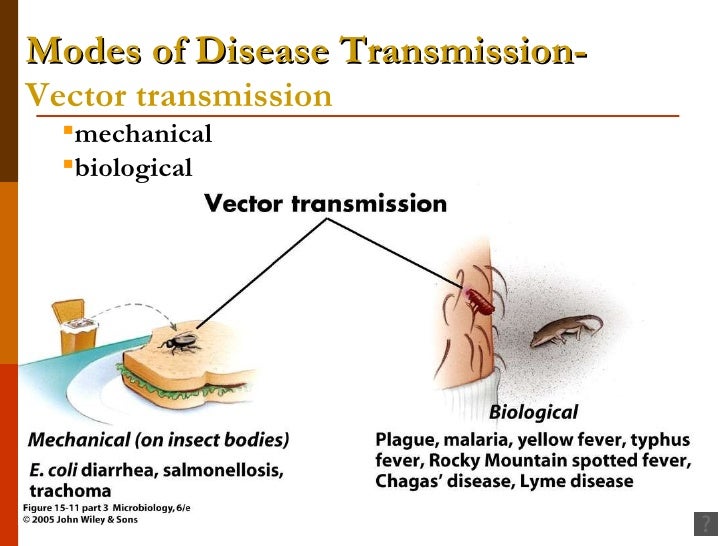

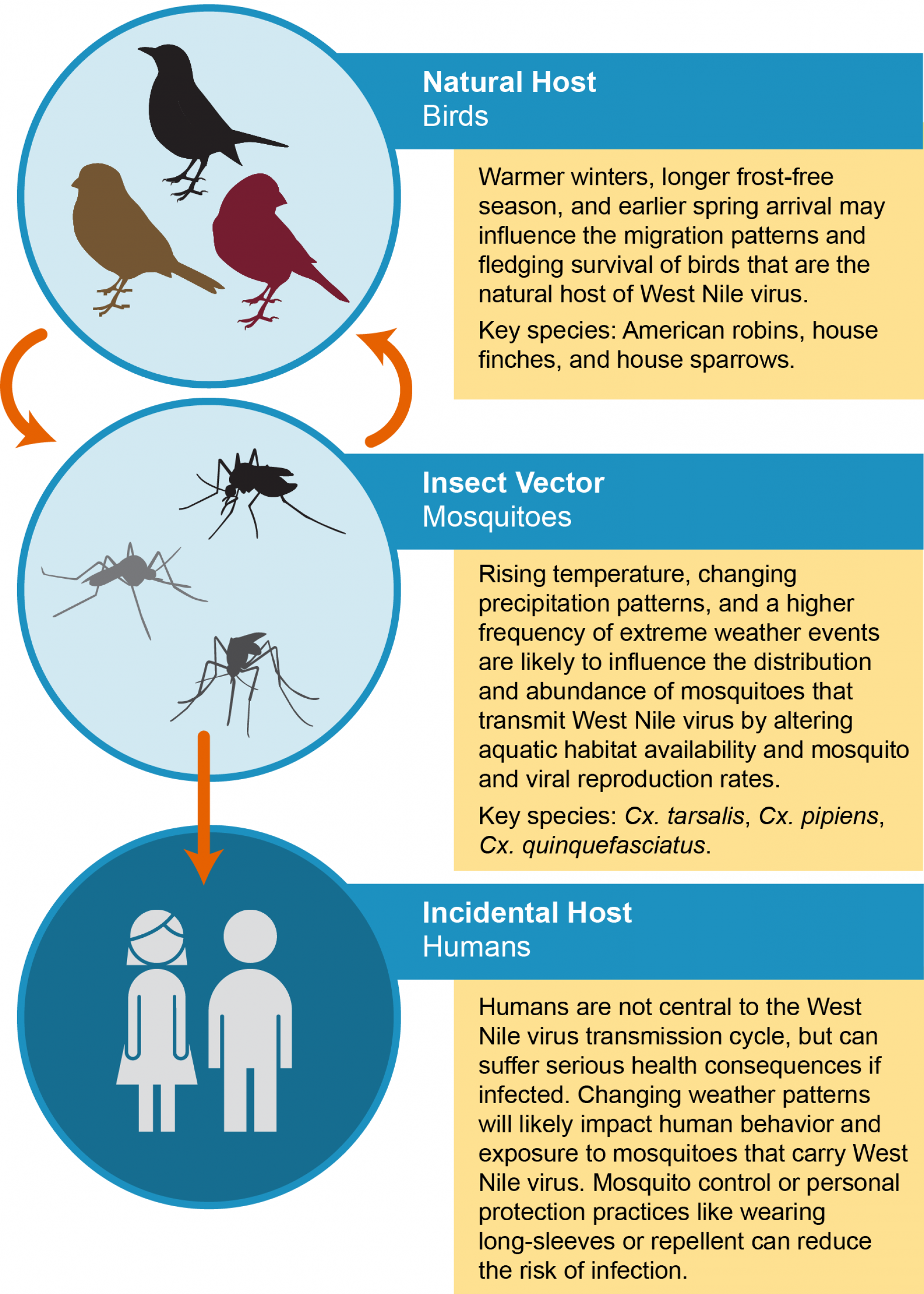
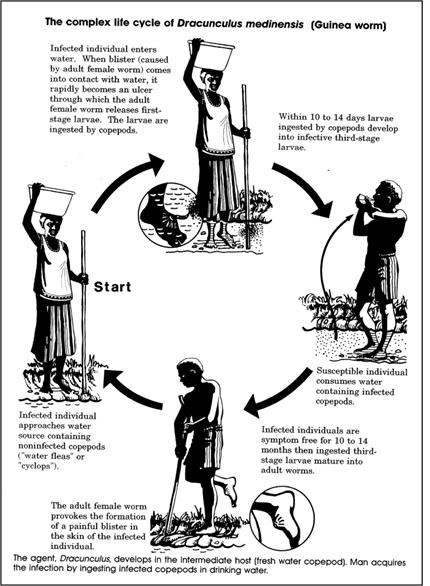

Post a Comment for "Mechanical Transmission Of Disease"